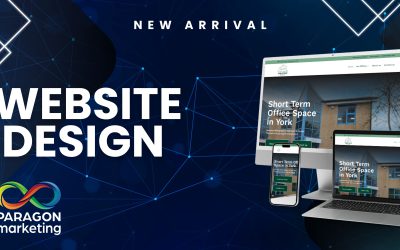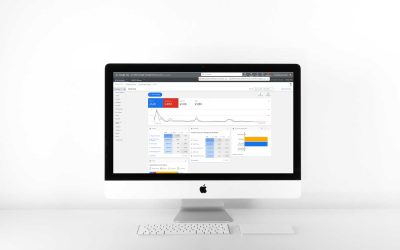What are the Website Design Elements needed?
1) Optimise the user experience with responsive design
You will need to ensure that responsive design is used across all pages of your website in order for it to be a success – make sure it’s implemented throughout.
By using responsive design, your users will be able to experience your site seamlessly on their mobile devices, tablets, and other devices. In order to make your website more user-friendly, you should use the most up-to-date technology and responsive design techniques.
2) Keep your site’s navigation clear and logical with a clear hierarchy of content
A key part of efficient website design is having clear, intuitive navigation and a logical site hierarchy. Every page should be linked to in your main menu, footer or sitemap. Every click should lead the user closer to their goal and help them find the information they are looking for quickly and easily. This feature is especially important if you have a large amount of content on your website. Additionally, utilise breadcrumbs or page path navigation so users can trace back to where they started.
3) Use aesthetically pleasing colours and fonts
Colours and fonts are two of the most important tools you have when designing your website.
Not only do they set the tone for all your design decisions in other areas, but they can also help create a visual interest that will make a user’s experience that much smoother. You want to find a balance between keeping things simple, as too many colours and/or fonts can distract or confuse visitors, while still making sure elements are visually interesting.
Selecting one font for headings and one for body copy is a great way to ensure consistency throughout your site without going overboard.
4) Test Your Site Regularly to Catch Bugs Early On
Once you have your website design finished, it is important to regularly test the site and make sure everything looks and functions as expected. This helps catch bugs or glitches before they become a problem for visitors.
One way to do this is to use automated testing tools that check the code of the website to detect any issues. You should also manually test content, navigation, forms, and other aspects periodically on both desktop and mobile devices so that any errors can be quickly identified and fixed.
5) Create Engaging Copy and Interactive Elements For Visitors
One key element of designing an outstanding website is to create meaningful and engaging content for visitors. This can be achieved through the use of compelling copy, interactive elements such as animations or videos, or embedded social media posts.
Additionally, inviting your visitors to engage with your website or blog content by commenting or leaving ratings further enhances the user experience and encourages engagement with your content.





